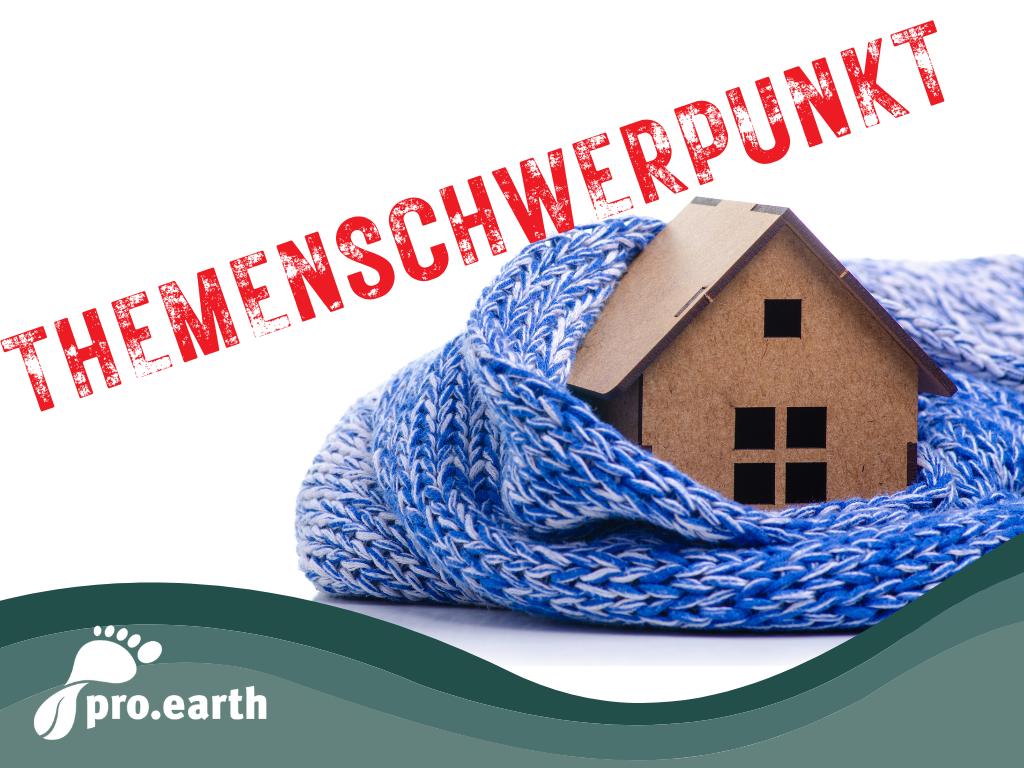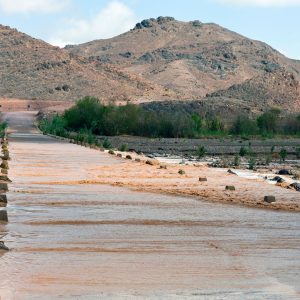Sustainable building: Which heating system is right for us?

As part of our thematic focus, we would like to address one of the key questions when building a house: Which heating system should I choose?
To this end, we have compiled the most common types of heating and provide a brief overview.
Oil, coal and gas heating
In Austria, gas heating systems will no longer be permitted in new buildings from 2023, from which point broken oil and coal heating systems will also have to be converted to renewable systems. From 2025, the mandatory replacement of oil and coal heating systems will begin, for which there will be a special funding pot that covers up to 100 percent of the installation costs with an income key. All oil and coal heating systems must be replaced by 2035 and all gas heating systems by 2040.
In Germany, the ban on gas heating starts in 2024 and the complete phase-out of fossil fuels should be achieved by 2045.
District heating
It should be noted in advance that this system is not available in all regions, but where there is a district heating system, it is an absolutely worthwhile solution. For example, it is the most commonly used type of heating in Austria.
The heat is obtained either from industrial plants that produce heat anyway (often waste incineration plants) or from biomass power plants. This heat warms water, which is fed to the end consumer via pipes.
As this system uses what would otherwise be lost, this type of heating can be classified as sustainable and environmentally friendly. It also compares favorably in terms of price.
Of course, it also has disadvantages, because you are dependent on the district heating system for pricing and operation, for example.
Heating with wood: from pellets to wood chips
The big advantage: it is a renewable raw material. This puts you one step ahead of gas heating, for example, in terms of sustainability. In terms of function, it is quite similar to gas heating. Heat is generated by a combustion process which is used to heat the water for the system.
Little can be said about the price in this case, as the market is also subject to major fluctuations here. When heating with logs, you benefit from the cost savings, but you always have to stoke the fire yourself and add fuel when needed, which is not so easy to do in all households.
With the pellet solution, it is important to remember that you need a fireproof and waterproof storage area and a separate, fireproof combustion chamber for the boiler.
However, the cost of switching to pellet heating should not be underestimated.
From today's perspective and depending on the size of the system, installation costs between EUR 25,000 and EUR 30,000 and only pays off after around 20-25 years, as long as there are no unexpected costs in between.
Solar thermal energy
Solar heating is actually almost an old hat among heating systems.
Panels mounted at an ideal angle on the roof are used to heat water, which then flows through heating pipes and heats the building.
It is now clear that the installation costs are not worthwhile compared to other heating systems, especially as additional heating is essential during periods with little sunshine.
Heat pump
The heat pump heats by generating heat from the environment - this can be air, groundwater or the ground - by transferring it to a compressed refrigerant.
Its operation requires no input of fuel or raw materials, but a small amount of electricity. Apart from that, the system is completely emission-free.
What we see as a major disadvantage in this case are the high purchase costs and the fact that the heat pump is only suitable for optimally insulated houses. This is particularly true for air source heat pumps. They simply do not produce enough heat to allow it to escape through door or window cracks. In addition, the heat pump's compressor makes a lot of noise.
For geothermal heat pumps, you need a lot of usable space or permission for deep boreholes of approx. 100m. This is not possible everywhere.
Nevertheless, it must be said that this method in conjunction with a photovoltaic system is one of the most sustainable options for heating, at least throughout the year.
Electric heating: from infrared to photovoltaics
Here, electricity is converted directly into heat.
Convectors or radiators, radiant heaters or fan heaters are required. This first heats the air in the room, but only heats the rooms. A hot water boiler or instantaneous water heater provides hot water.
The situation is different with infrared heating - it is not the air that is heated, but the surfaces in the room, which creates a different feeling of warmth.
The burden on the electricity bill is an almost incalculable risk with this method, which makes it somehow attractive only in combination with a photovoltaic system including storage. However, the operation itself is emission-free.






